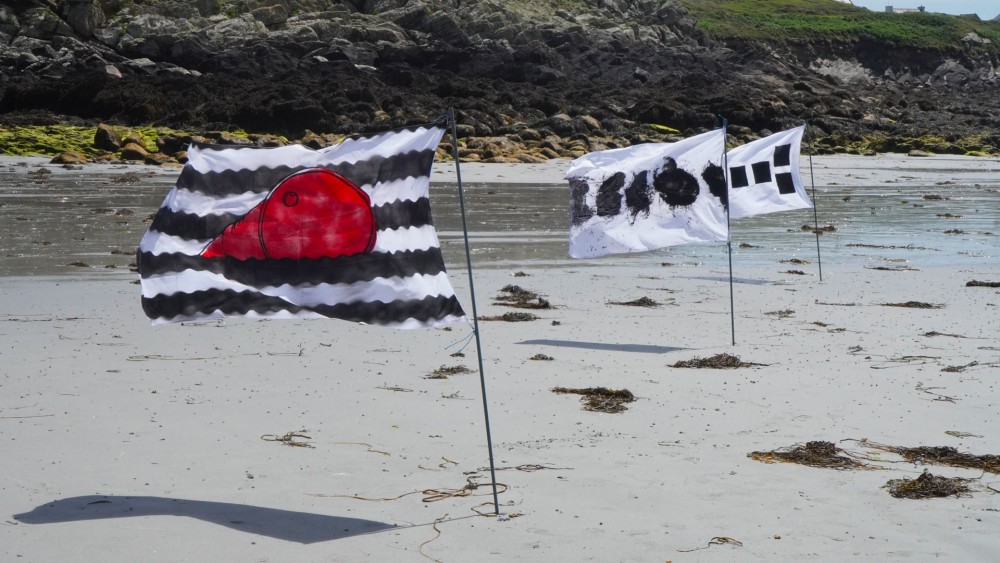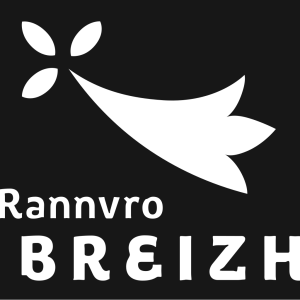OPENINGS & ENGINEERING
Finis Terrae hosts artists, theorists, art critics, exhibition curators, or anyone whose research is situated within the visual arts field. Collaboration with researchers in hard sciences, for example, is also possible. We open our residencies to international authors and frequently work in partnership with local educational institutions and art centers both regionally and globally. Depending on the contexts and partners, we work towards developing territories. We also provide support during post-production phases in cinema. Partnerships drive exchanges and are fundamental to sharing experiences and the creations produced.
Each project is tailor-made.
RESIDENT WELCOME
ARRIVAL
Each resident is supported in advance to ensure the best possible preparation for their arrival. A welcome booklet is provided, prior to the residency contract, to help them plan their arrival. As each territory is unique and often remote, specific details are provided based on the residency periods and the particularities of the area.
•
TIMING
Depending on the requirements of the resident, the partner(s), the location(s), and the context, we strive to find the right timing for welcoming the family (children and/or spouse), just as we do for professional obligations, for residents who may have salaried jobs or other commitments. We are often required to stagger the arrivals and/or make programmatic adjustments (depending on school holidays, etc.)..
•
FAMILY
Depending on the projects, locations, and contexts, we are happy to welcome families and pregnant women.
Due to the particularly unique conditions of some of our residencies (isolated islands, sometimes without running water, at scientific bases, on boats, during storms, etc.), and specifically in environments and contexts that may be unsuitable or even hostile (remote, difficult to access, costly, cold, itinerant, dangerous, without childcare options, etc.), children, spouses, and pregnant women cannot be invited. In the opposite case, when conditions allow and we are able to accommodate, we provide the best resources to create a warm and pleasant welcome.
We request that the child(ren) be accompanied by a caregiver other than the artist, so that the resident can fully enjoy their residency and focus on their work. Furthermore, the financial costs associated with hosting families are the responsibility of the invited resident, with residencies not exceeding one month.
RESTITUTIONS: EVENTS AND PUBLICATIONS
The association organizes occasional events such as screenings, exhibitions, conferences, and meetings, in collaboration with our partners. Exhibitions have already been held in collaboration with institutions such as Passerelle – Contemporary Art Centre in Brest, Le Quartier – Contemporary Art Centre in Quimper, the Musée des Phares et Balises in Ouessant, Frac Bretagne, Diagonale – Contemporary Art Centre in Montreal, Carpintarias – Multidisciplinary Art Centre in Lisbon, Vaga – Art Centre in São Miguel (Azores, Portugal), the Saint-Briac Festival, La Galerie de Binic-Étables sur mer, SPA in Saint-Pierre and Miquelon, and more.
•
Three bilingual catalogs, covering the residencies and projects from 2008 to 2012, from 2013 to 2018, and from 2019 to 2022, were produced in 2013, 2019, and 2023.
SELECTION OF ARTISTS
The invited artists come from all generations and backgrounds.
It is important to note that, due to the large number of applications we receive, we are unfortunately unable to respond to all spontaneous submissions from artists, critics, curators, or anyone working within the visual arts field who would like to send us their application.
FINANCIAL RESOURCES
Depending on the format and context of the residency, each resident receives fees and production costs, as well as travel expenses and per diems for long distances.
For one-month residencies, the base fee is 2000 euros for honorarium and a minimum of 1000 euros for production, though this may vary depending on specific partnerships.
REGULAR PATNERS AND FRIENDS
Collège du Ponant / Ehpad d’Ouessant / Mairie de Ouessant / Mairie de Molène / Musée des Phares et Balises - Ouessant / PNRA - Parc naturel régional d’Armorique / Domaine de Menez Meur / La route des pingouins / AJD - association du jeudi dimanche
•
EESAB - École Européenne Supérieure d’Art de Bretagne / Université de Brest - Institut Européen Universitaire de la Mer / Université Rennes 2 / KUB Kulture BretagneFrac Bretagne / La Criée - Centre contemporain de Rennes / Passerelle - Centre d’art contemporain à Brest / Ville de Rennes / O.A.O - Observatoire artistique de l’océan
•
Mondes nouveaux - Ministère de la Culture et Conservatoire du Littoral / Ateliers Médicis / DGCA - Ministère de la Culture / Ministère des Outre-mer / Préfecture et Député de Saint-Pierre et Miquelon / Association SPA - Sauvegarde du Patrimoine de l’Archipel (Saint-Pierre et Miquelon) / Préfecture des TAAF - Terres australes et arctiques françaises / DRAC La Réunion - services Arts plastiques et Musées / CNAP - Centre national des arts plastiques / Institut français
•
Cria, Centre de Résidence de Création et de Recherche artistique de Chiloé, Chili / vaga, Centre d’art à São Miguel - Açores, Portugal / Carpintarias, Centre d’art pluridisciplinaire à Lisbonne / Art inside Out - Conté de Halland, Suède
RÉSEAUX
Finis terrae - Centre d’art insulaire is member of
Arts en résidence - Réseau national : http://www.artsenresidence.fr
a.c.b. / art contemporain en bretagne : http://www.artcontemporainbretagne.org
FUNDING PARTNERS
The operation of the association is funded by the Finistère Departmental Council, the Brittany Regional Council, and the DRAC (Regional Directorate of Cultural Affairs) of Brittany – Visual Arts and Cultural and Territorial Action Services.
For each project, we arrange tailored funding solutions.
FINIS TERRAE
Finis terrae - Centre d’art insulaire
20, la Chapelle du Mur - 29610 Plouigneau
Association Loi 1901
n° SIRET : 503 731 663 000 12















































